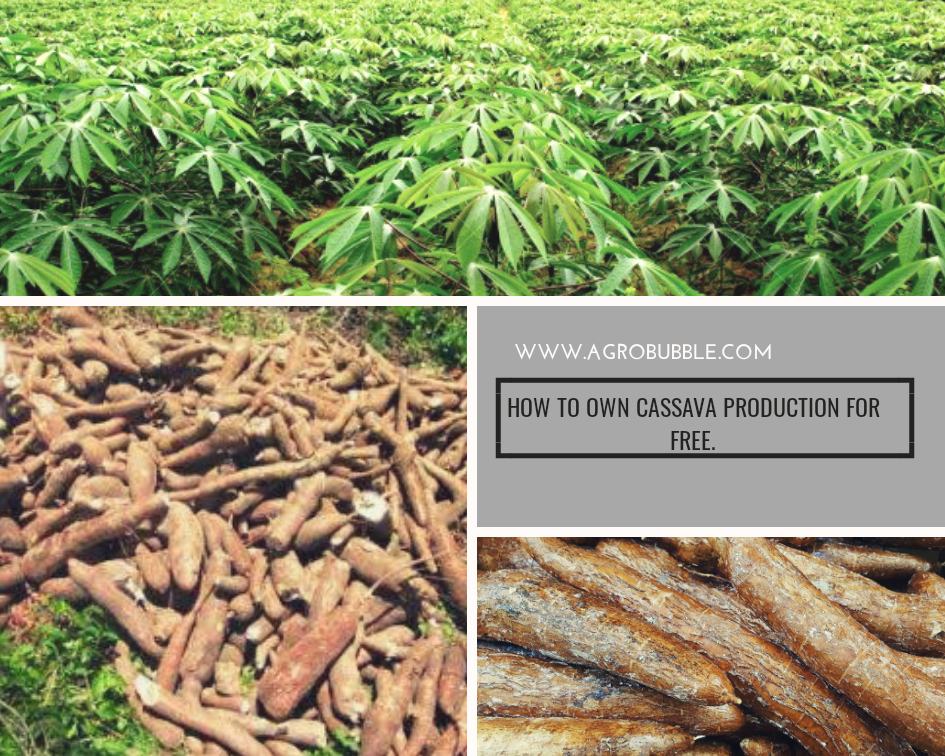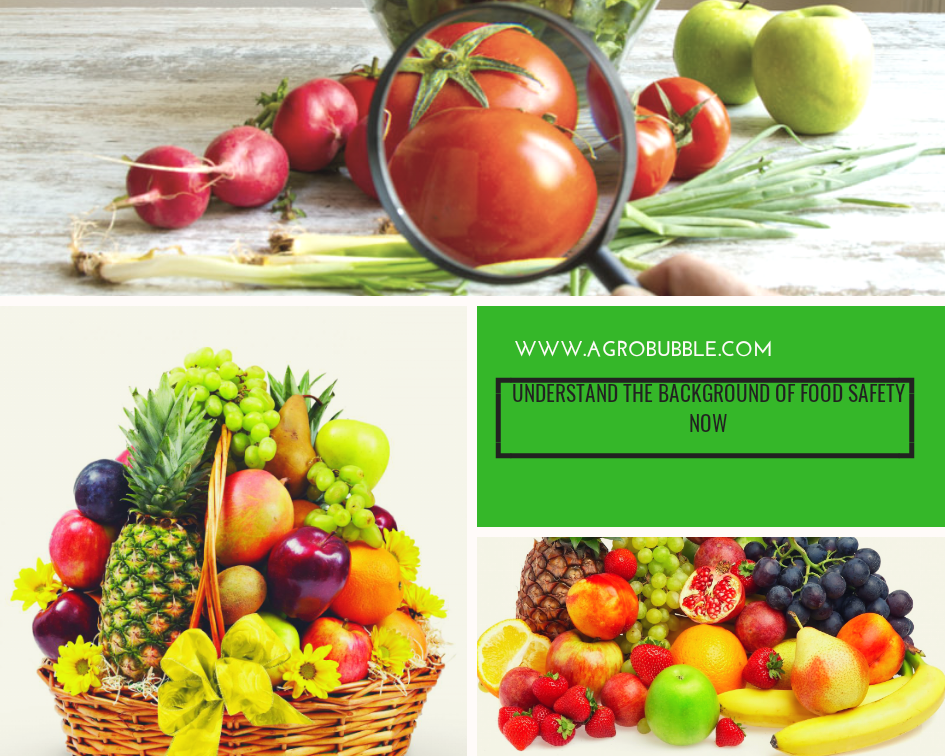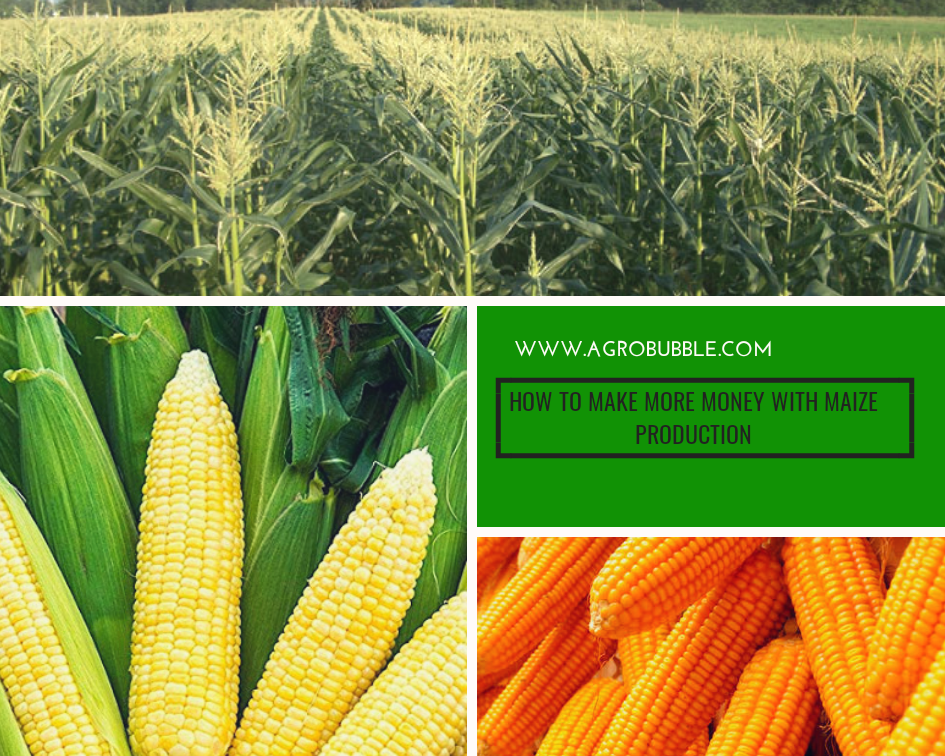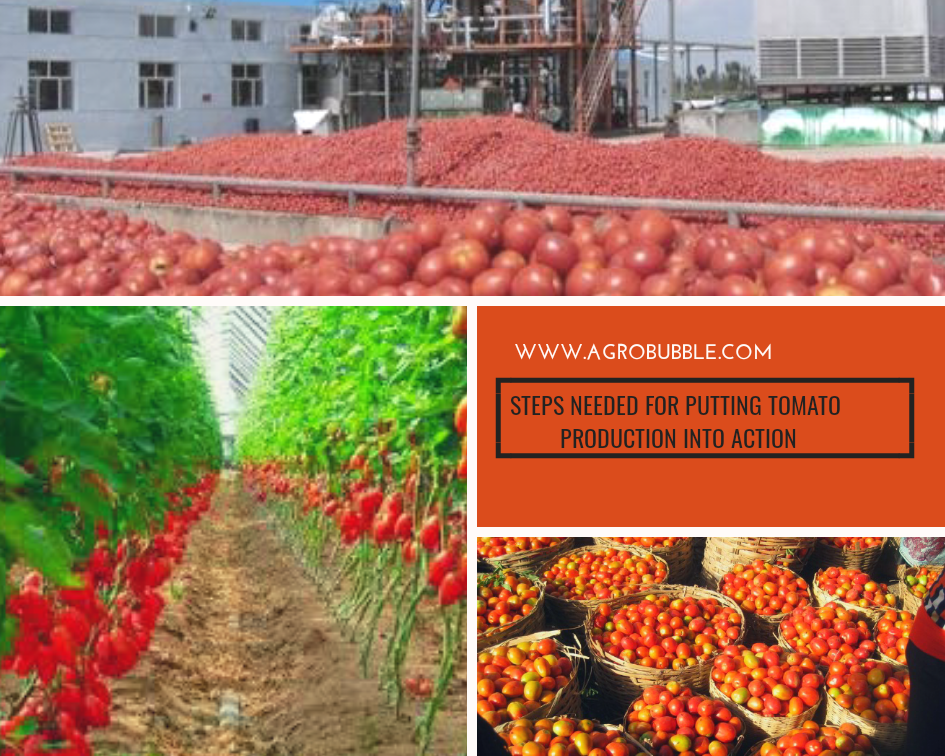How to own Cassava production for free is not as difficult as it may seem, you just need to understand the basic steps involved in Cassava production.
Cassava originated from brazil and is now widely spread in the tropics and subtropics.
Cassava is one of the most important perennial food crops in Africa with thickened storage roots that are a valuable source of inexpensive calories.
The gradual emergence of cassava as a world class commercial food product is a welcome development to most rural farmers who derive their daily sustenance from its production, processing and marketing.
Read Also: Sorghum Production: This Is Going To Change Your Business Strategies
The cassava industry provides employment for a high percentage of rural dwellers who are either involved at different levels of production from land preparation to processing and marketing.
The production of this crop that involves both water loving and drought tolerant starts with land preparation.
After careful selection of high yielding, disease resistant, planting material for the particular ecology, the cassava stakes are established in the field. This is followed by fertilizer application, weed pest and disease management and finally cassava harvesting.
SITE SELECTION FOR CASSAVA PRODUCTION
The site selection of Cassava production, is a needful for farmers going into this business and so, it’s good for cassava producers to take notes of the followings:-
Cassava grows best in areas where annual rainfall is about 1000-2500mm, and is well distributed.
It can tolerate drought very well, and may even survive 4-6months of dry weather provided this dry weather does not occur too soon after planting.
Because of its drought tolerant nature, cassava can grow in areas with as little as 600mm annual rainfall.
Cassava needs light textured and well drained soils with enough moisture and balanced nutrients.
LAND PREPARATION FOR CASSAVA PRODUCTION
Cassava production requires good soil preparation.
Land practice varies considerably, depending mainly on climate, soil type, vegetation, topography, degree of mechanization and other economic practices.
Generally, harrowing of the area and then riding it 1m X 1m between rows and plants should not be overlooked.
Finally, application of 5-10tons of organic manure is necessary especially in Sandy soils.
VARIETY SELECTION OF CASSAVA
Currently recommended varieties are:
TMS 30572
TMS 4 (2) 1425
TME 419
TMS 30001
TMS 30555
TMS 30395
TMS 82/00058.
These are recommended based on yielding potential cyanides contents, maturity period, and resistance to pests and diseases.
Potential yields range from 35 to 48 Tons per Ha.
But you are free to try out the different varieties to experiment and find out which one is more desirable for you.
PLANTING DATE, TIME AND METHODS FOR CASSAVA
The Planting should be done as soon as rains become steady in your area.
The period will depend on the location of the farm. In the rain forest zone, it is between March and September while in the derived Savannah, it is from April to August.
Also, in the Southern Guinea Savanna it is from May to July and in the Northern Guinea Savannah, it is from July to August.
The cuttings should be planted as soon as they are cut to avoid dehydration.
Ensure you understand this process below before going into cassava production and keep in mind that a total of 10,000 stem cuttings per ha is required, with a spacing of 1m X 1m between rows and between plants, at a depth of 5-10cm for the branched types.
And for varieties that grow upright without branching, the spacing can be 1m by 0.5m.
Dip stem cuttings Benomyl or Mancozeb at 30ml in 10 litre of water for 5 minutes before planting.
Age of stem:- The best cuttings for planting are obtained from plants 6-12months old.
Thickness:- Recommended pitch diameter is equal to, or less than 50% of the stem.
Health of Stem:- Ensure that the stems are healthy and good sprouting and establishment.
Number of Nodes:- Cut stem such that each cutting has about 5-7 nodes.
Stem Portion:- Middle portions establish better than the tips and basal portions.
Stem Storage:- Store cassava stems under shade for 4-10 days before cutting and planting.
This process makes stem sprout faster than if planted immediately when freshly cut from the field.
See Also: Steps Needed For Putting Tomato Production Into Action
INTEGRATED SOIL FERTILITY MANAGEMENT
Apply 200 to 400kg (4 to 8 bags) of N.P.K 15:15:15 per hectare depending on the soil type at 4 -6 weeks after planting.
Organic manure can be applied during the time of land preparation, 5-10 tons per hectare is recommended.
Fertilizer should best be applied when the soil is dry.
SOIL MANAGEMENT FOR CASSAVA
Every crop that is to be planted has its own soil management procedures just like Millet, Tomatoes, Sorghum, and so many others.
Optimum cassava production requires a well-drained, rich, loamy soil.
This can also grow in poor soil.
Ensure the rotation of cassava with other crops like legumes will facilitate efficient soil management.
WEED MANAGEMENT
Weed must be controlled during the first three months after planting in order to allow young cassava plants to grow vigorously and develop canopy early.
Apply atrazine at 2-3lit/ha followed by one hoe weeding.
HARVESTING OF CASSAVA
This is almost the final stage of Cassava production. After your hard work, this is where the result will show and it is also necessary for cassava producers To have in mind the following points:-
Harvesting is by hand or use of a harvester.
Harvest should take place when the soil is moist, so that the roots can be pulled easily from the ground.
Depending on variety and growing conditions, tuberous roots could be ready for harvest from 6-18 months after planting.
However, depending on the time of need, some varieties can be harvested over 24 months.
What is your own take on this post? Use the COMMENT section below to share.




